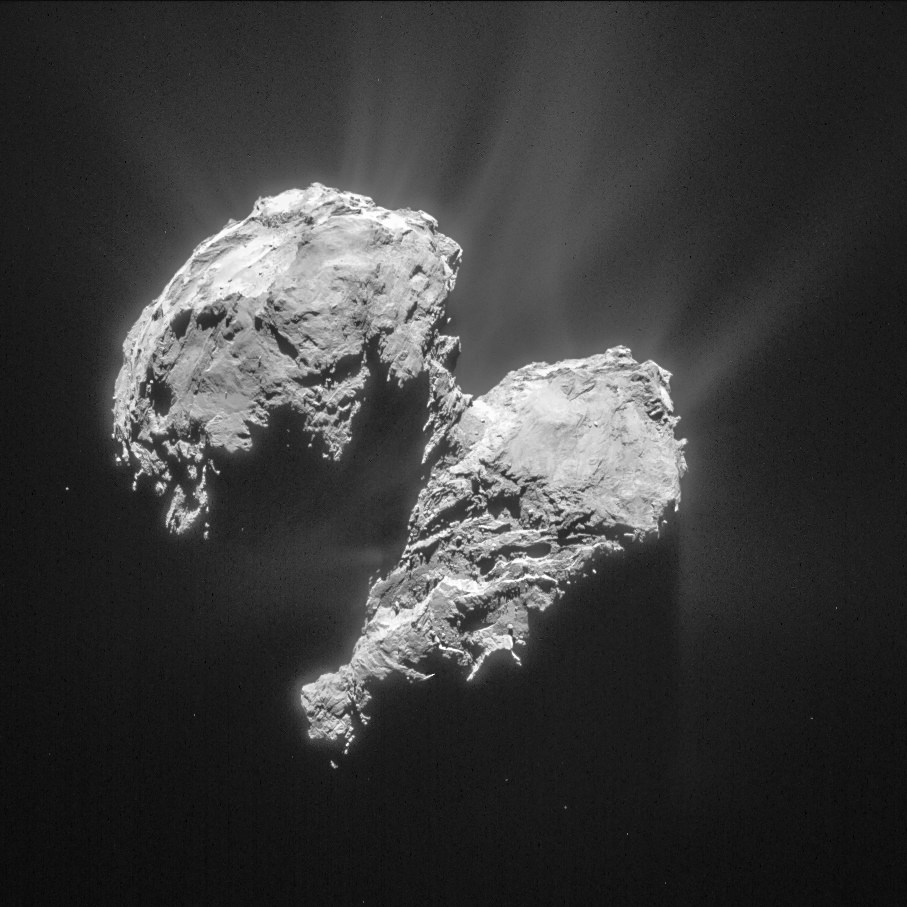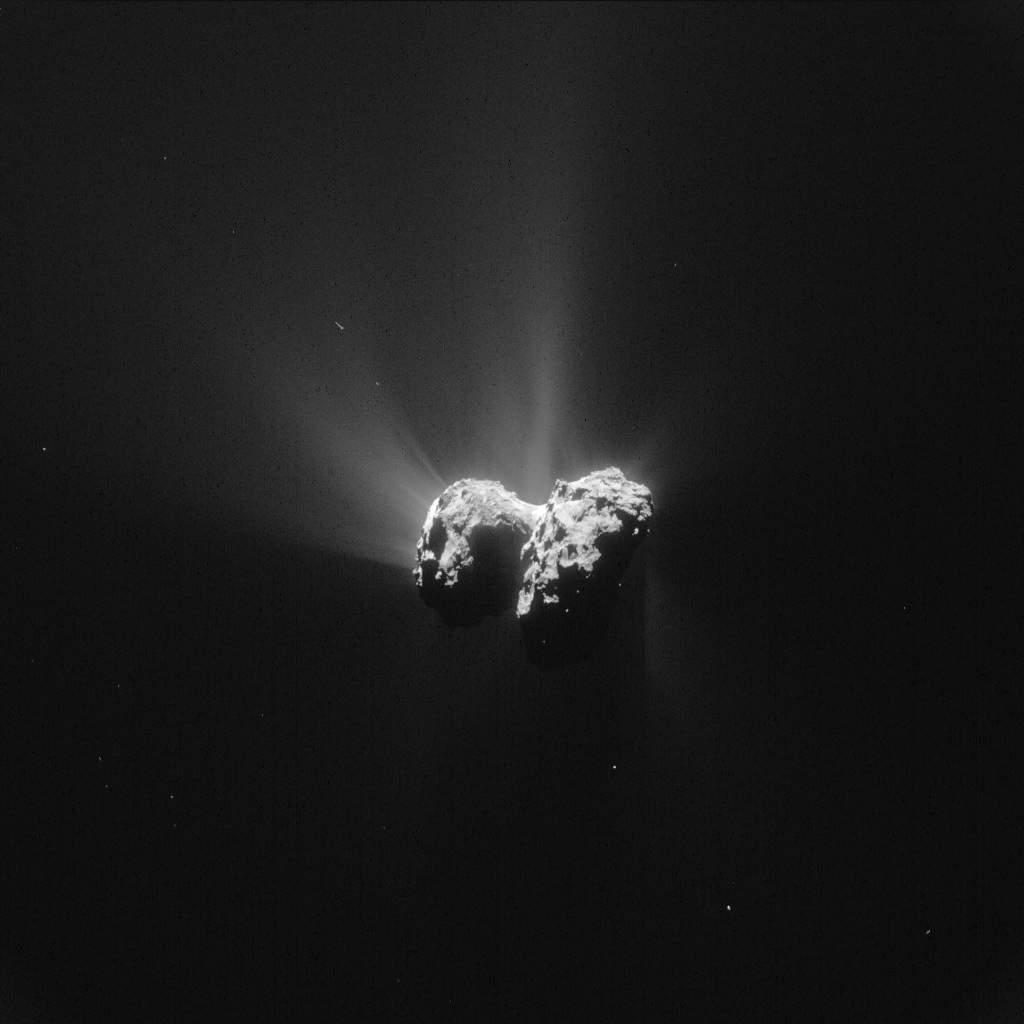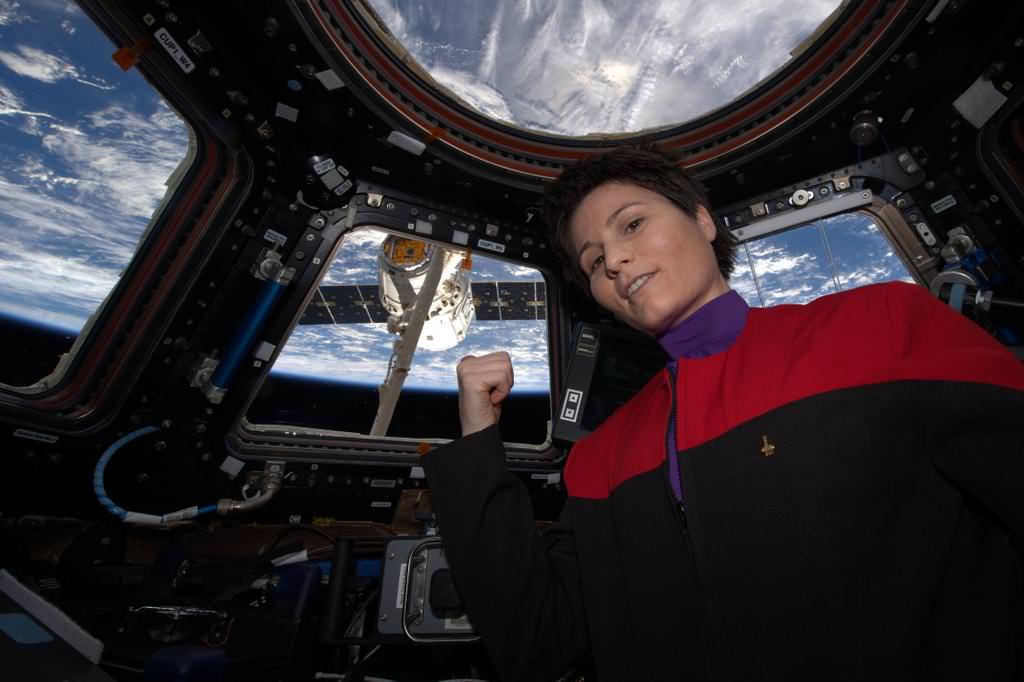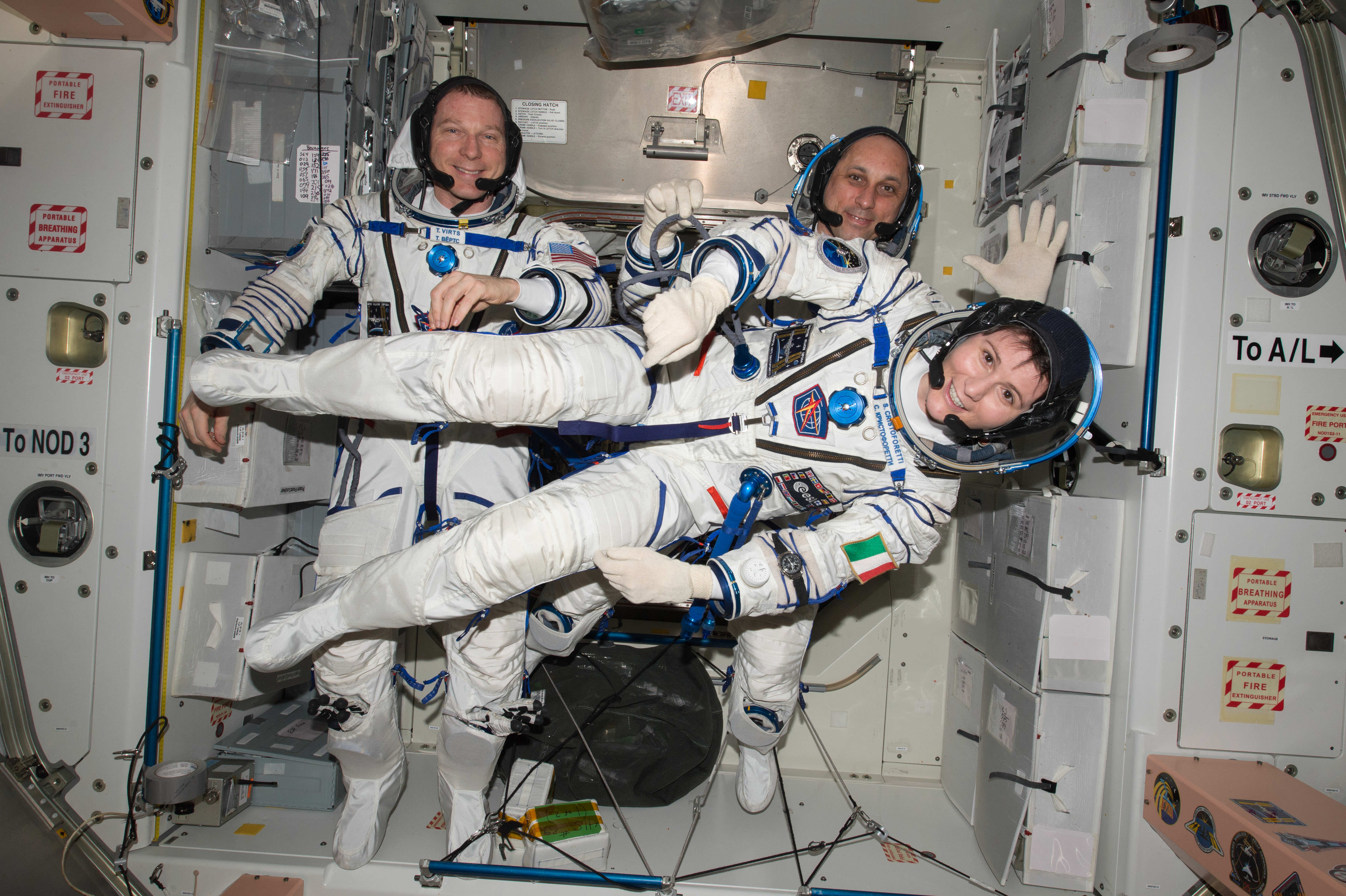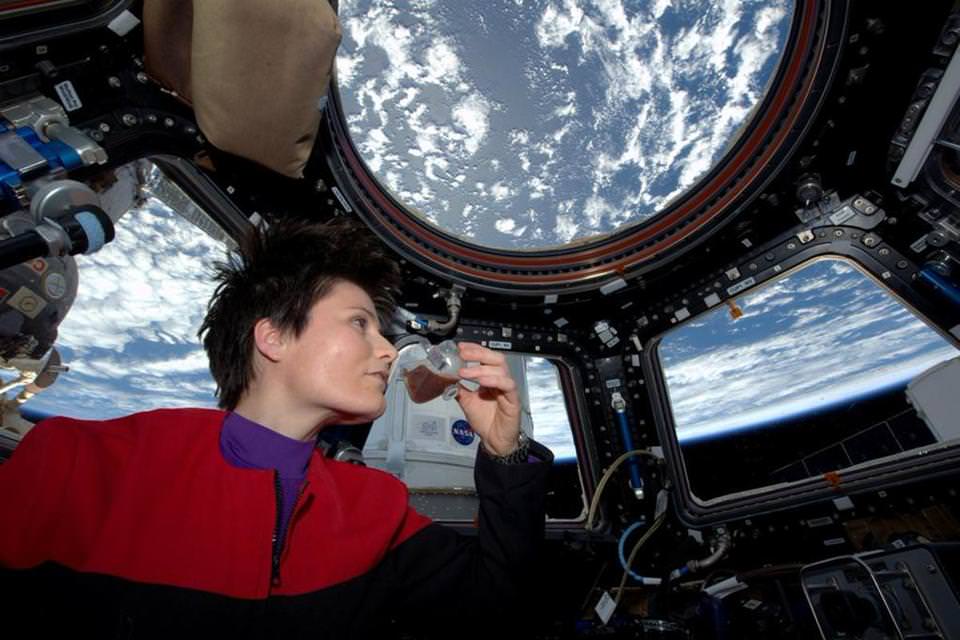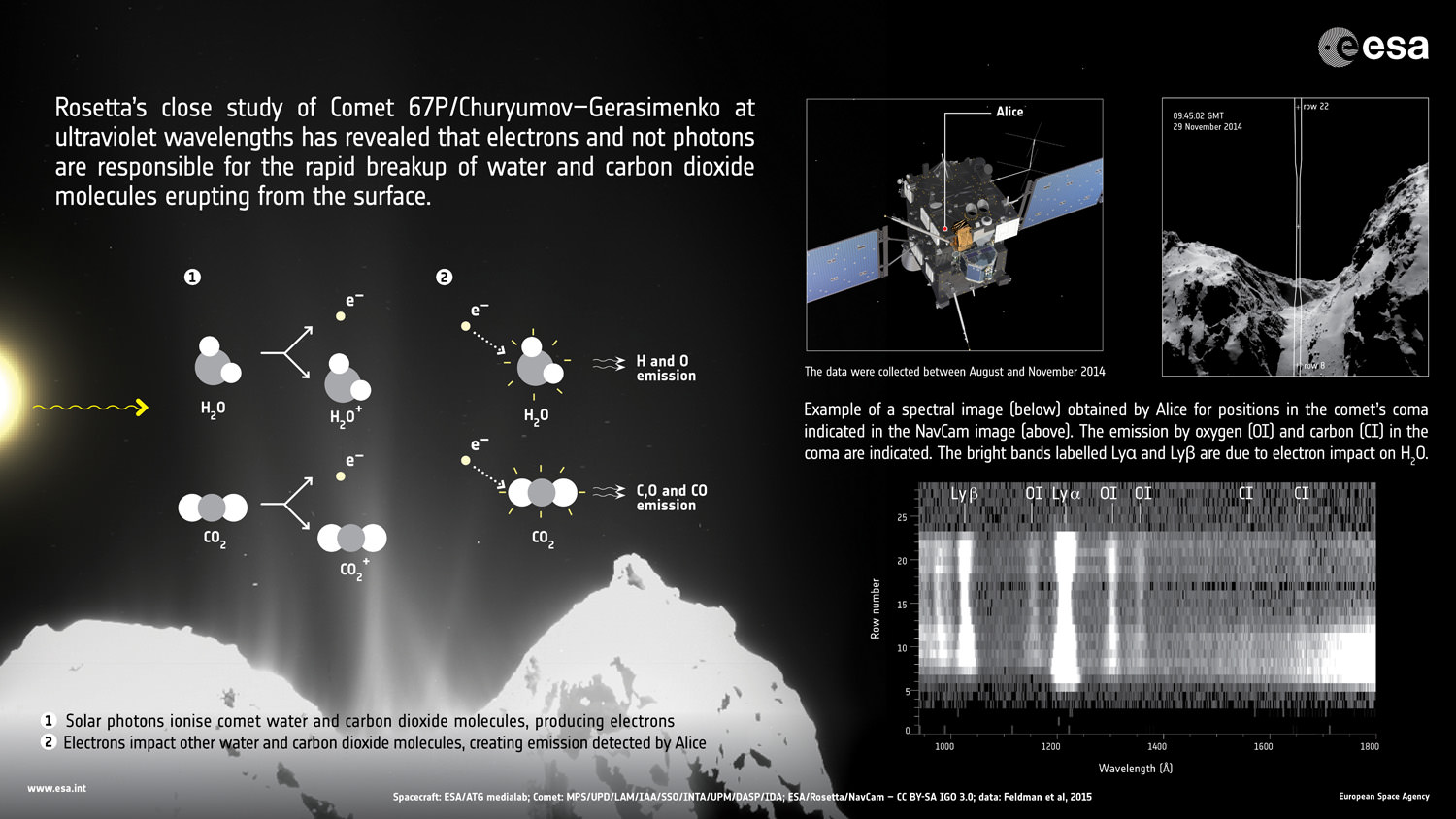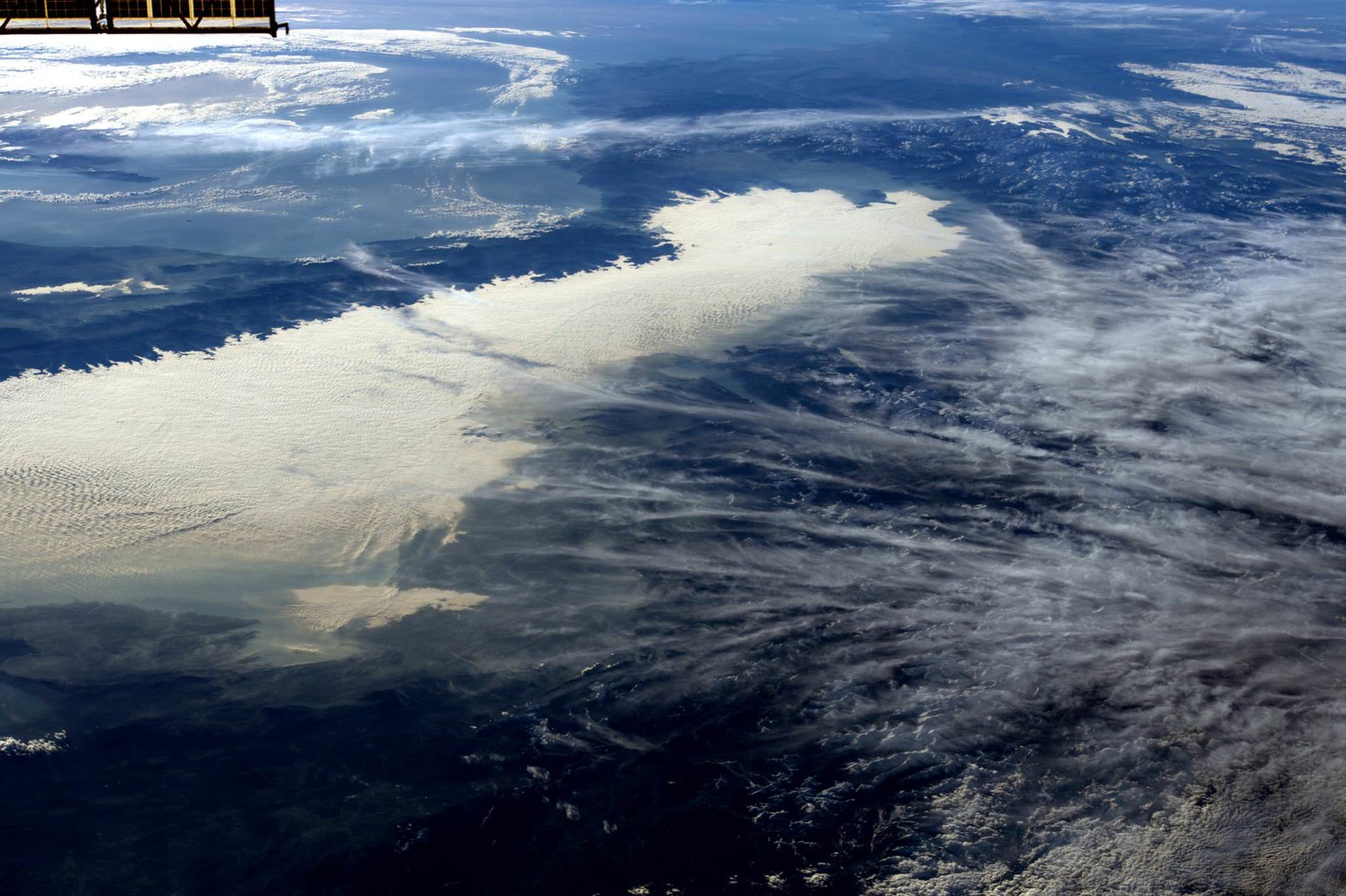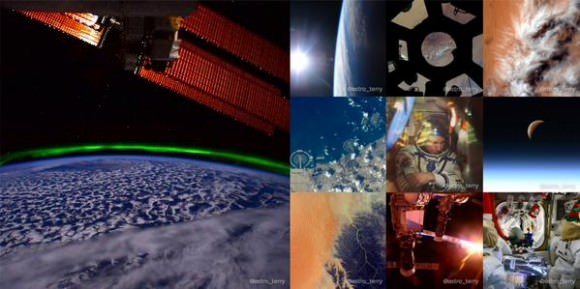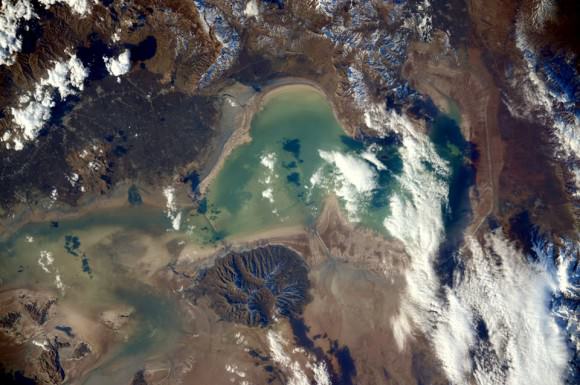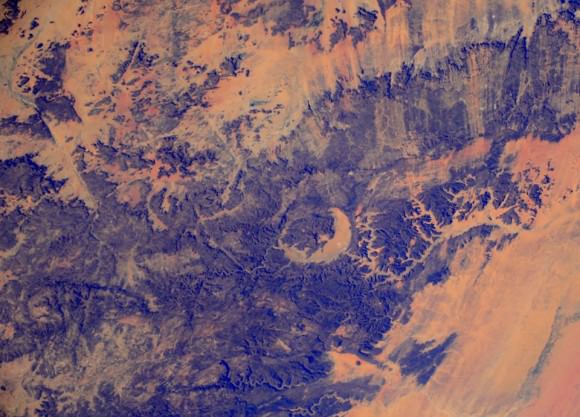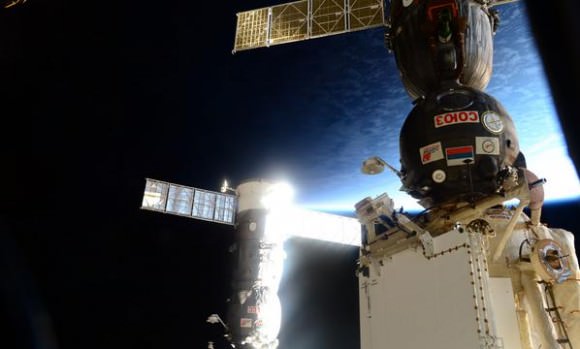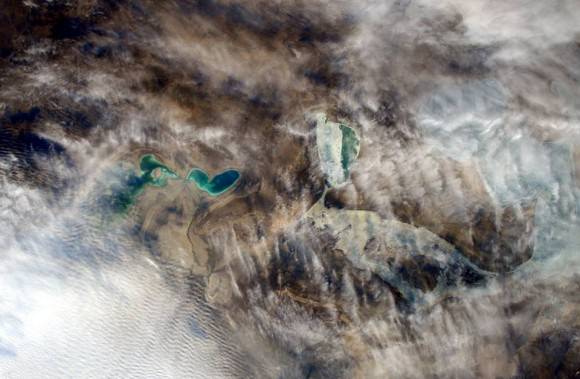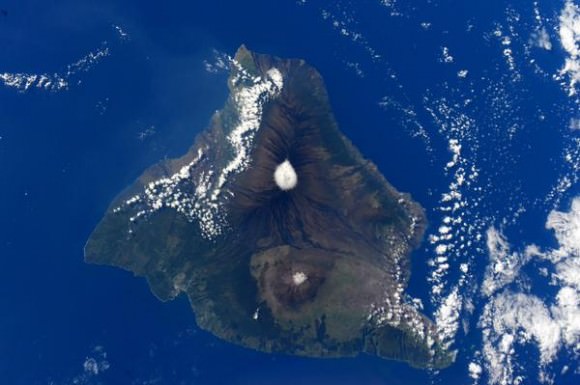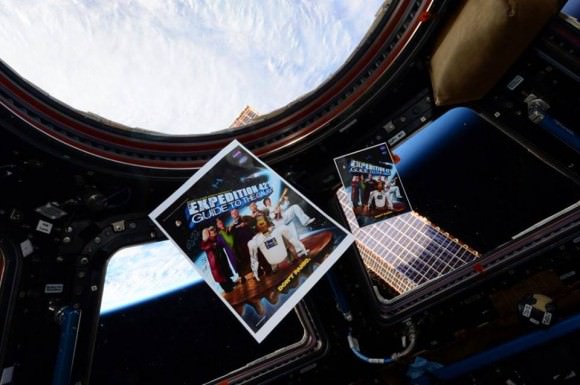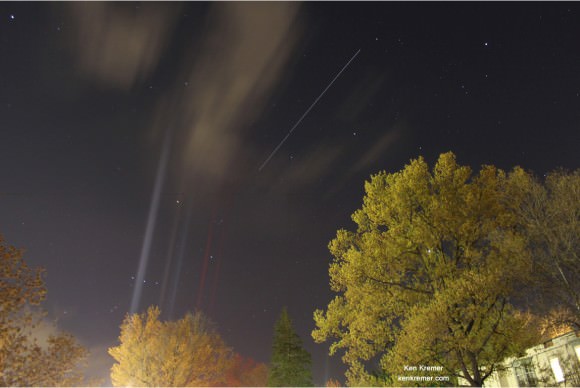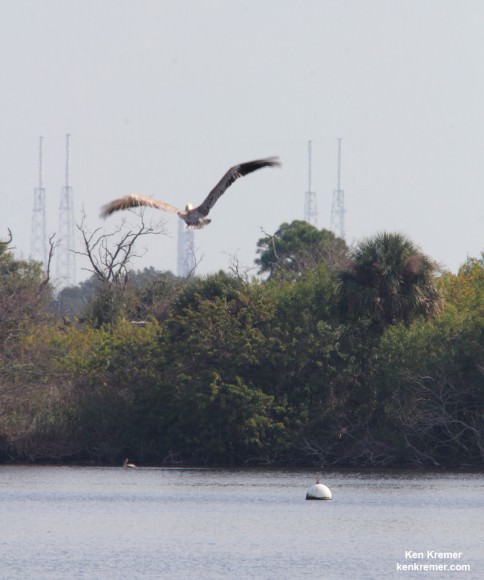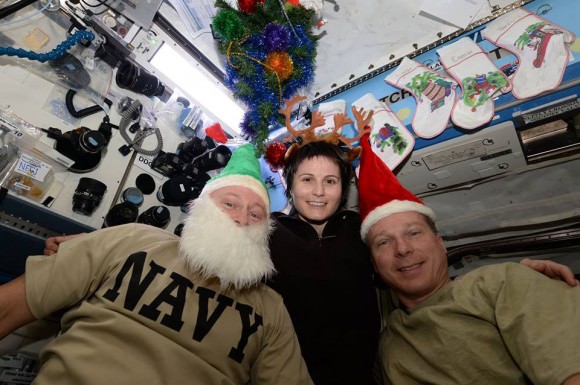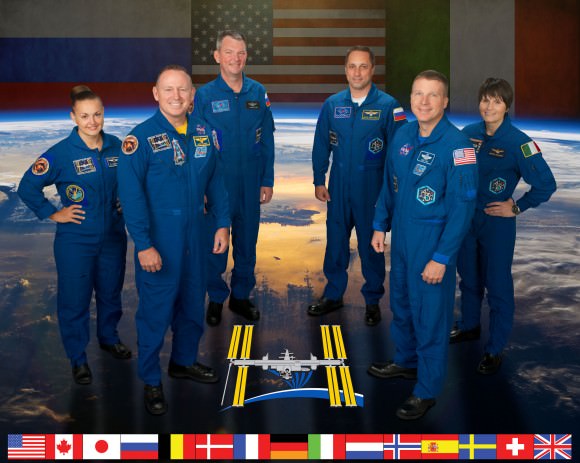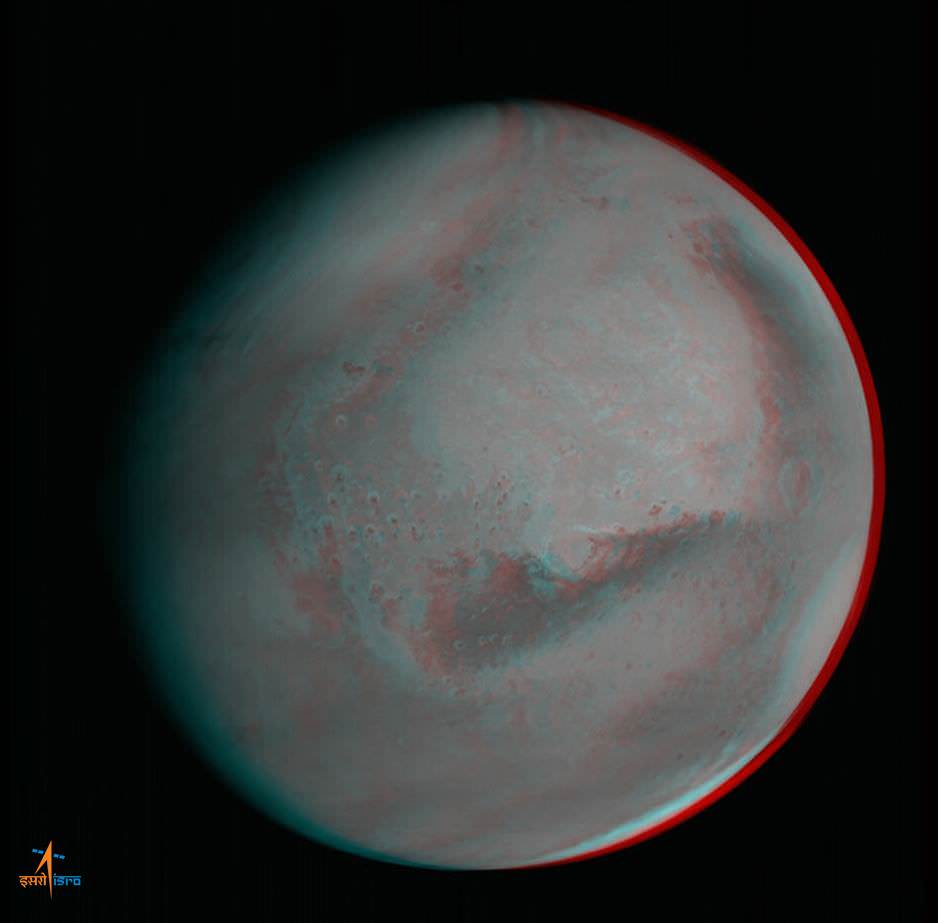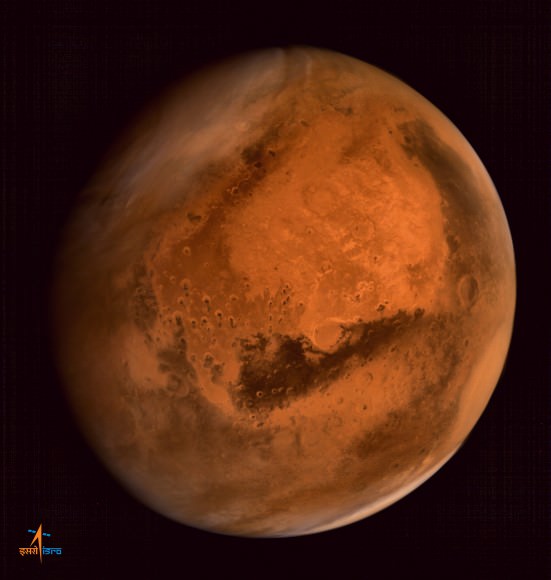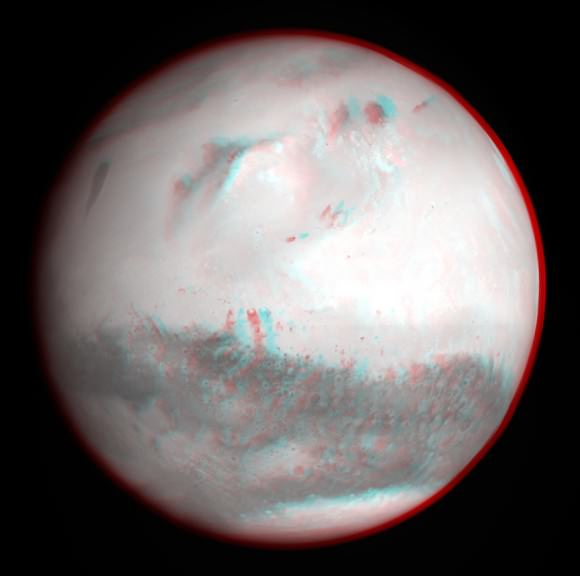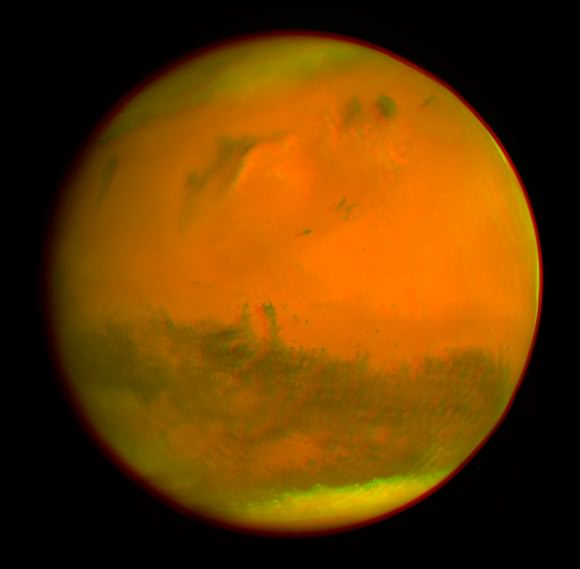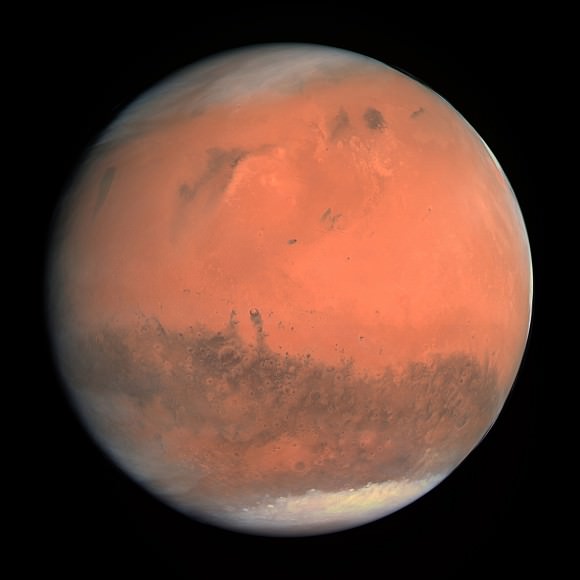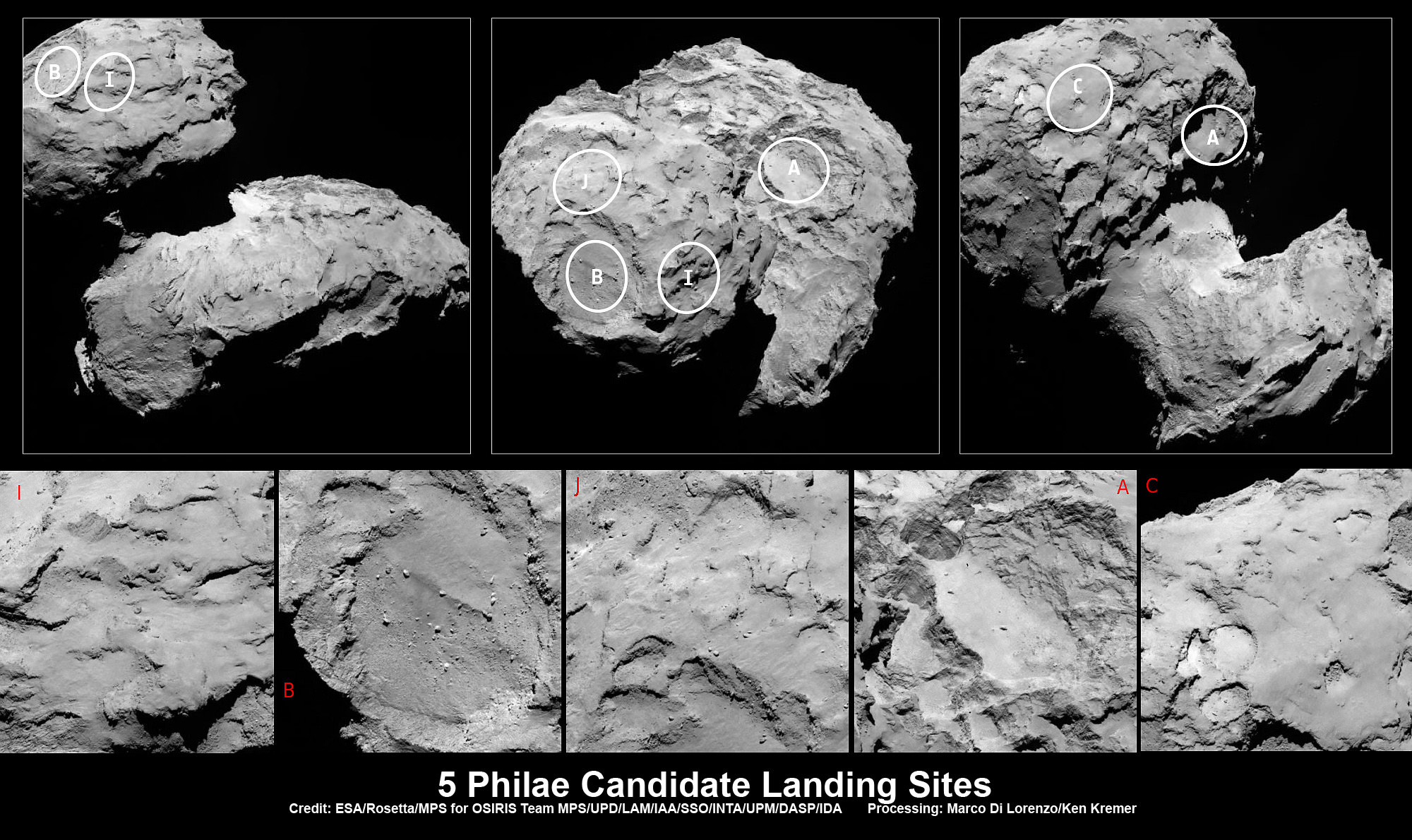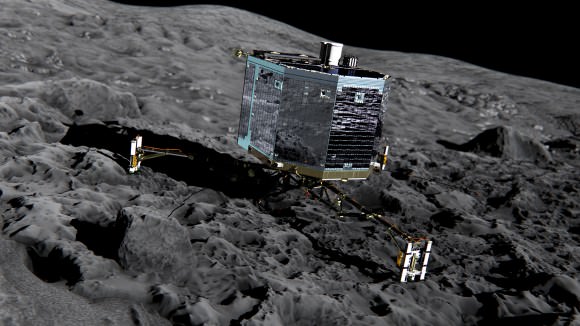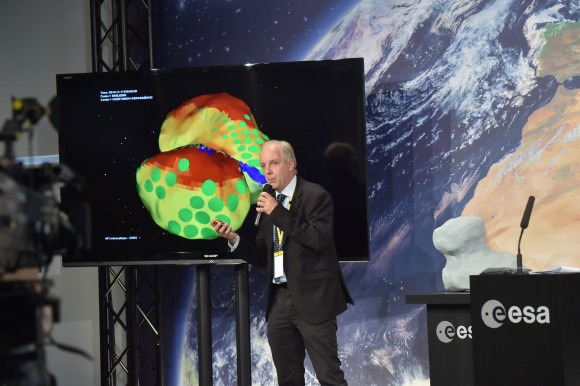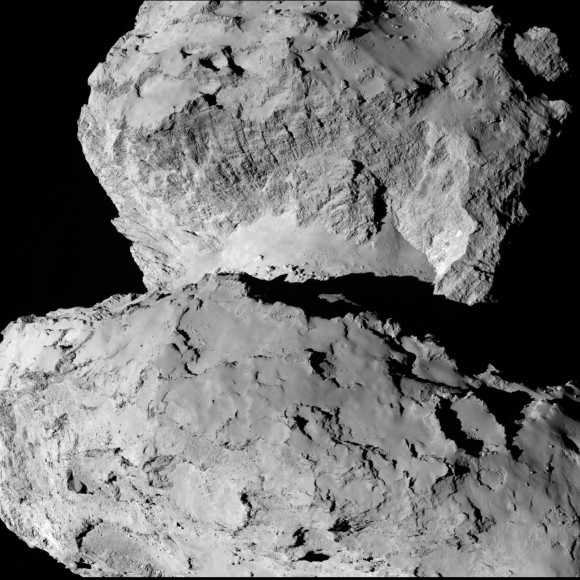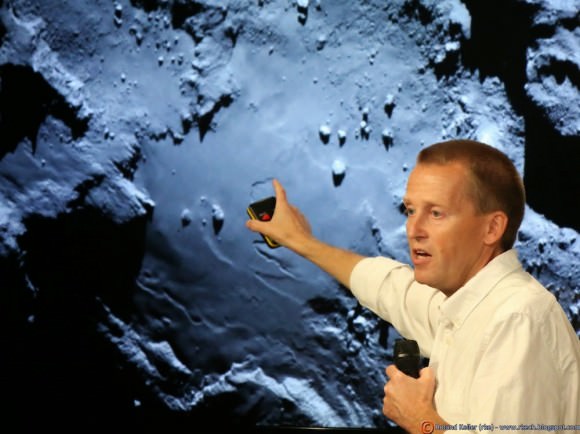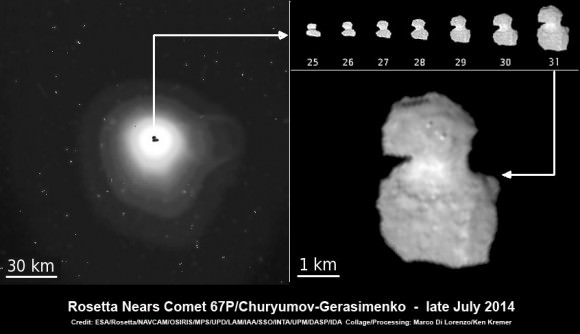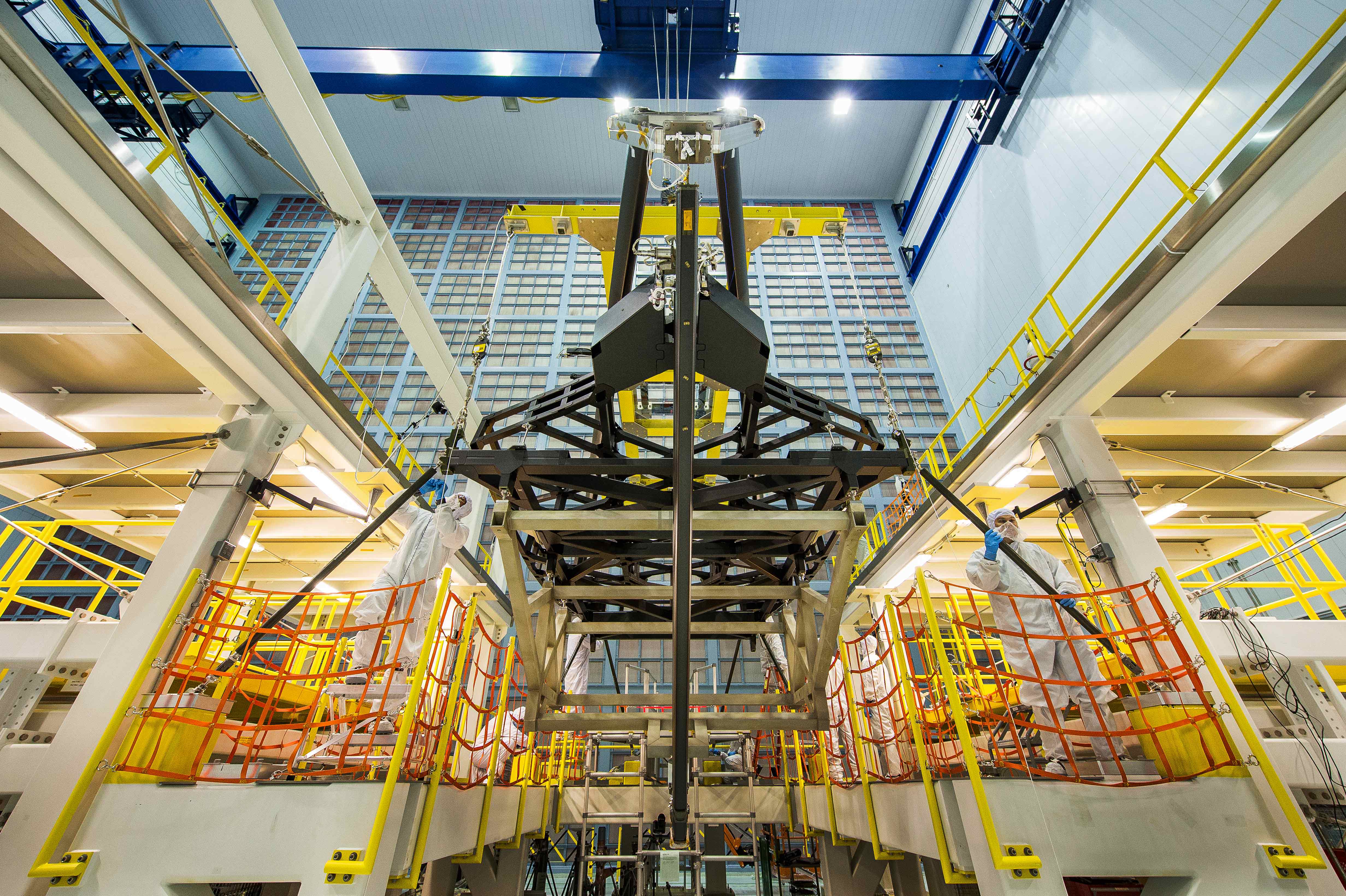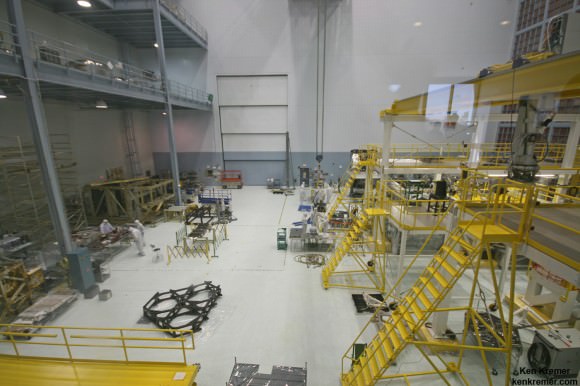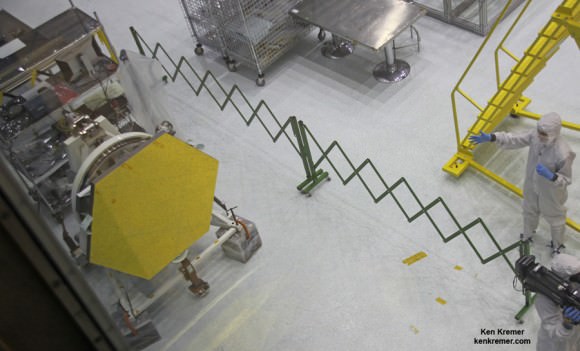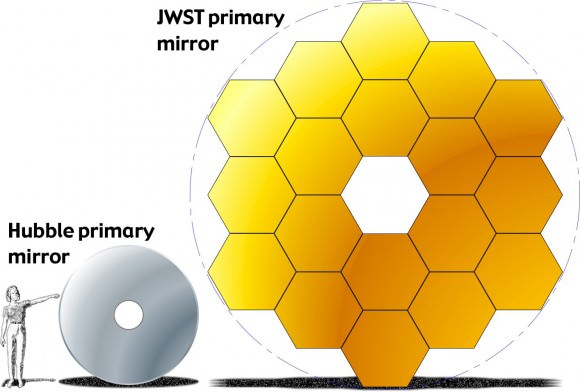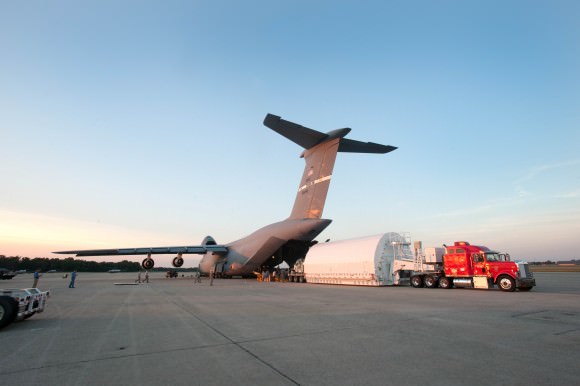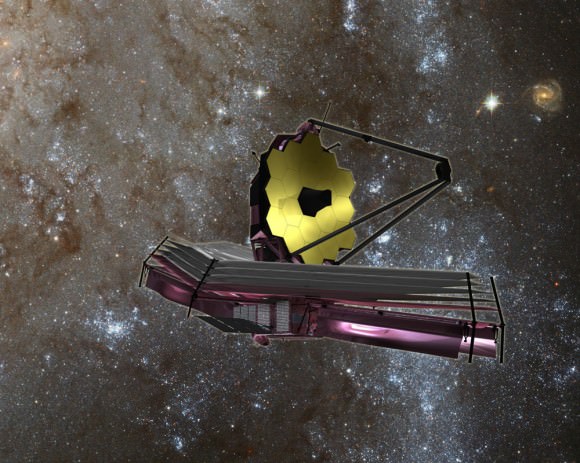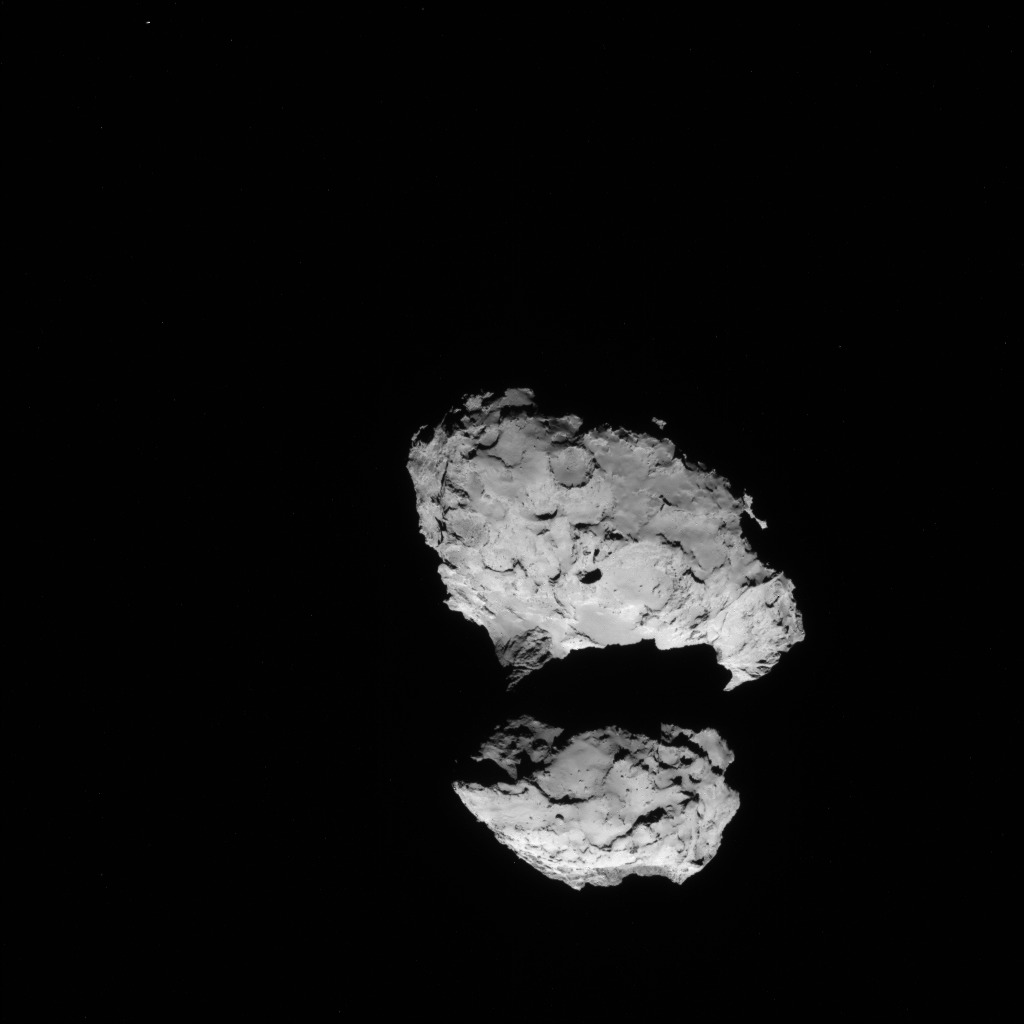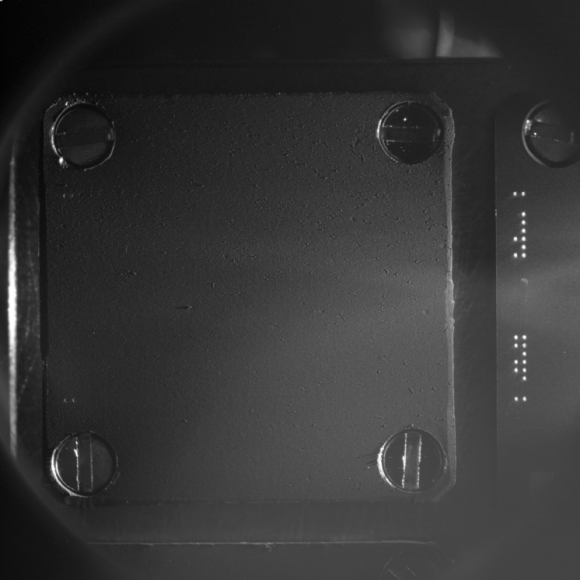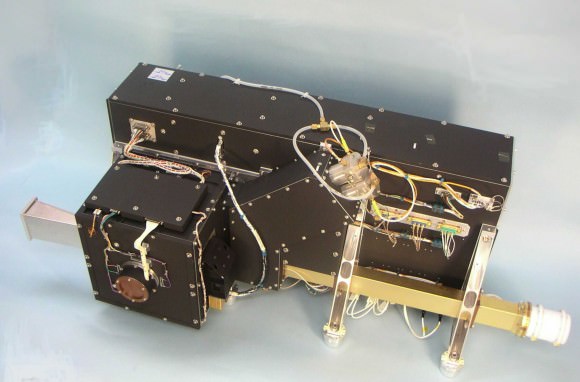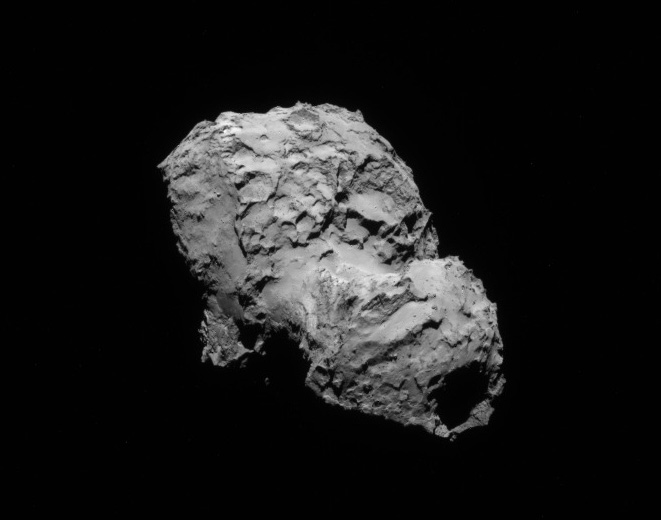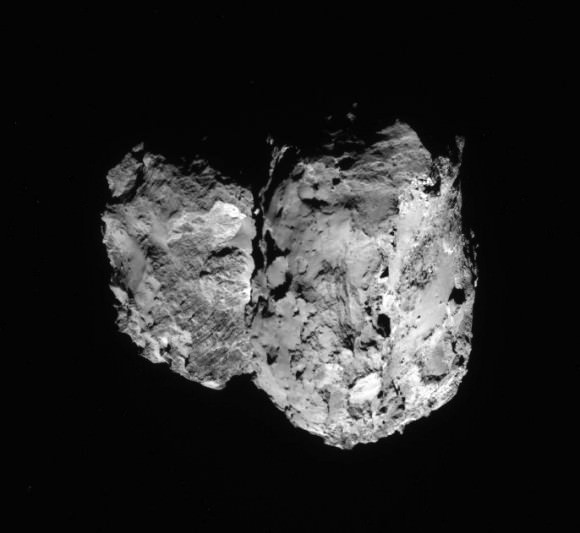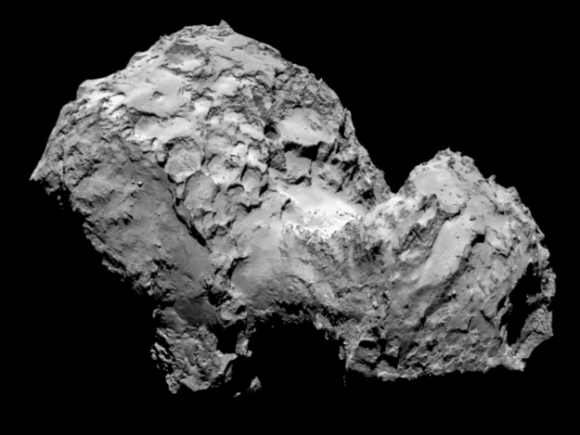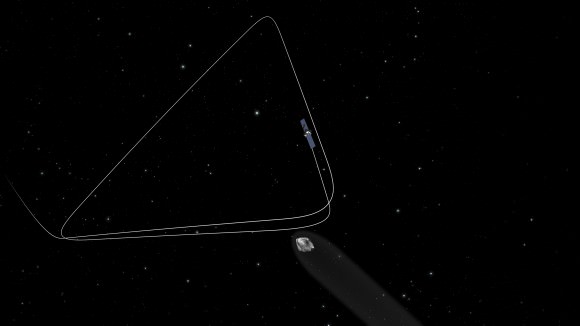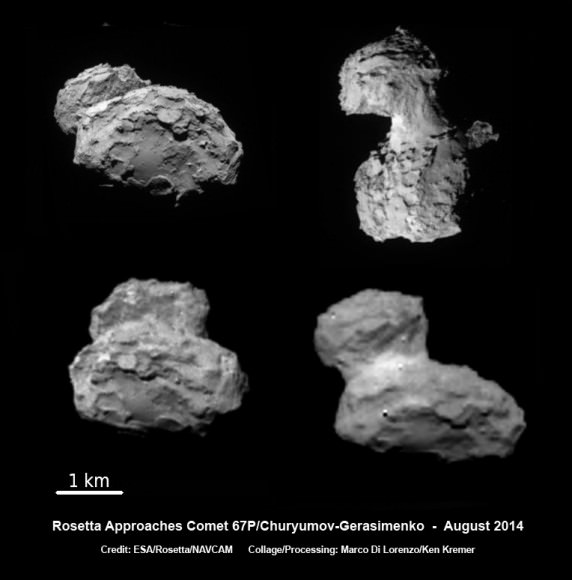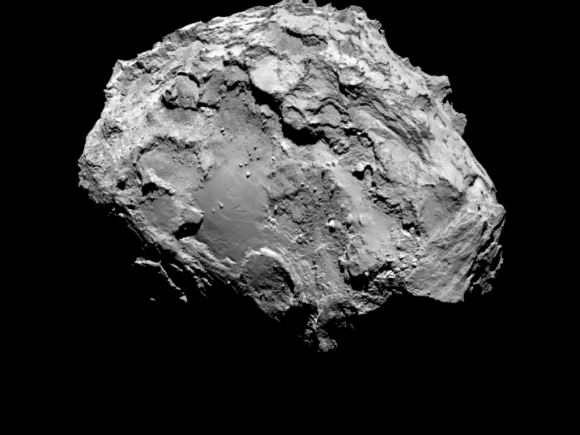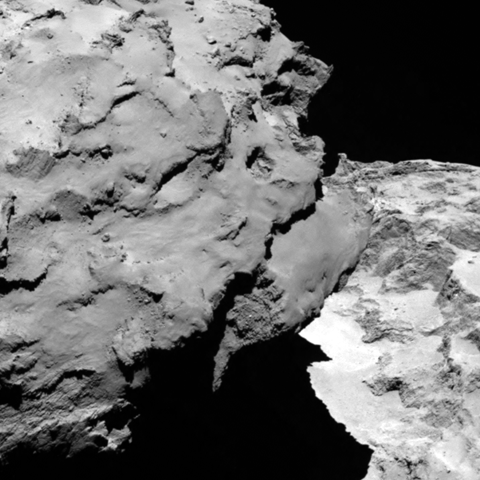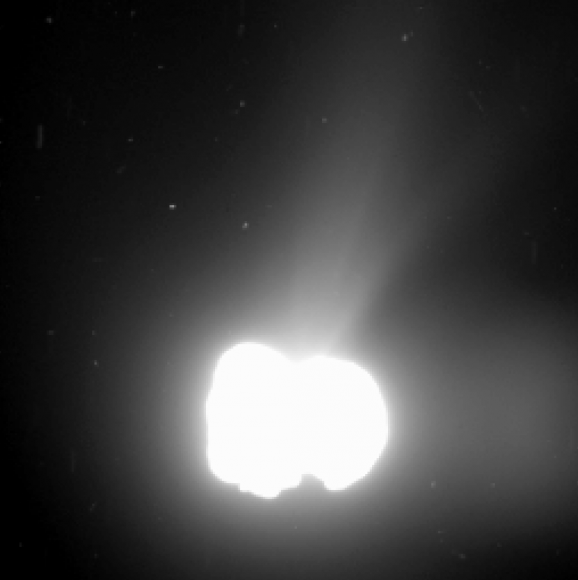Rosetta will attempt comet landing
This single frame Rosetta navigation camera image of Comet 67P/Churyumov-Gerasimenko was taken on 15 June 2015 from a distance of 207 km from the comet centre. The image has a resolution of 17.7 m/pixel and measures 18.1 km across. Credit: ESA/Rosetta/NAVCAM – CC BY-SA IGO 3.0 [/caption]
Europe’s history making Rosetta cometary spacecraft has been granted a nine month mission extension to plus up its bountiful science discoveries as well as been given the chance to accomplish one final and daring historic challenge, as engineers attempt to boldly go and land the probe on the undulating surface of the comet its currently orbiting.
Officials with the European Space Agency (ESA) gave the “GO” on June 23 saying “The adventure continues” for Rosetta to march forward with mission operations until the end of September 2016.
If all continues to go well “the spacecraft will most likely be landed on the surface of Comet 67P/Churyumov-Gerasimenko” said ESA to the unabashed glee of the scientists and engineers responsible for leading Rosetta and reaping the rewards of nearly a year of groundbreaking research since the probe arrived at comet 67P in August 2014.
“This is fantastic news for science,” says Matt Taylor, ESA’s Rosetta Project Scientist, in a statement.
It will take about 3 months for Rosetta to spiral down to the surface.
After a decade long chase of over 6.4 billion kilometers (4 Billion miles), ESA’s Rosetta spacecraft arrived at the pockmarked Comet 67P/Churyumov-Gerasimenko on Aug. 6, 2014 for history’s first ever attempt to orbit a comet for long term study.
Since then, Rosetta deployed the piggybacked Philae landing craft to accomplish history’s first ever touchdown on a comets nucleus on November 12, 2014. It has also orbited the comet for over 10 months of up close observation, coming at times to as close as 8 kilometers. It is equipped with a suite 11 instruments to analyze every facet of the comet’s nature and environment.
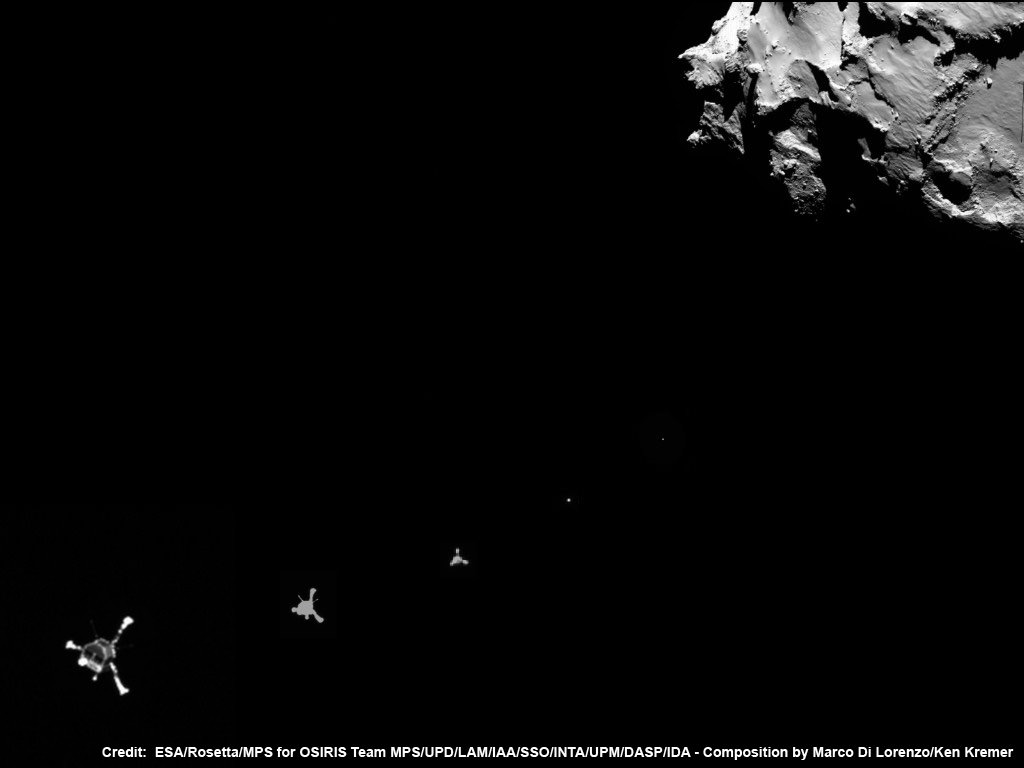
Currently, Comet 67P is still becoming more and more active as it orbits closer and closer to the sun over the next two months. The mission extension will enable researchers to a far greater period of time to compare the comets activity, physical and chemical properties and evolution ‘before and after’ they arrive at perihelion some six weeks from today.
The pair reach perihelion on August 13, 2015 at a distance of 186 million km from the Sun, between the orbits of Earth and Mars.
“We’ll be able to monitor the decline in the comet’s activity as we move away from the Sun again, and we’ll have the opportunity to fly closer to the comet to continue collecting more unique data. By comparing detailed ‘before and after’ data, we’ll have a much better understanding of how comets evolve during their lifetimes.”
Because the comet is nearly at its peak of outgassing and dust spewing activity, Rosetta must observe the comet from a stand off distance, while still remaining at a close proximity, to avoid damage to the probe and its instruments.
Furthermore, the Philae lander “awoke” earlier this month after entering a sven month hibernation period after successfully compleing some 60 hours of science observations from the surface.
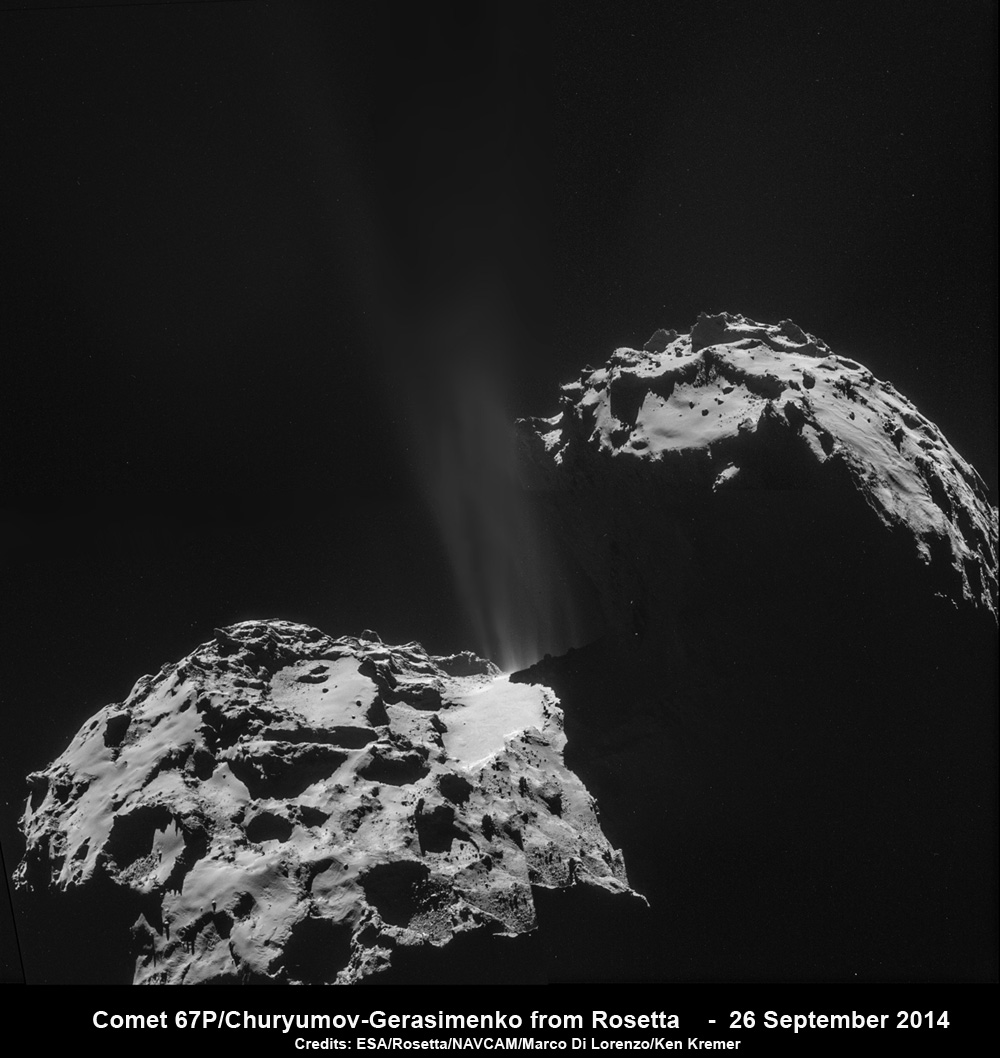
As the comet again edges away from the sun and becomes less active, the team will attempt to land Rosetta on comet 67P before it runs out of fuel and the energy produced from the huge solar panels is insufficient to continue mission operations.
“This time, as we’re riding along next to the comet, the most logical way to end the mission is to set Rosetta down on the surface,” says Patrick Martin, Rosetta Mission Manager.
“But there is still a lot to do to confirm that this end-of-mission scenario is possible. We’ll first have to see what the status of the spacecraft is after perihelion and how well it is performing close to the comet, and later we will have to try and determine where on the surface we can have a touchdown.”
During the extended mission, the team will use the experience gained in operating Rosetta in the challenging cometary environment to carry out some new and potentially slightly riskier investigations, including flights across the night-side of the comet to observe the plasma, dust, and gas interactions in this region, and to collect dust samples ejected close to the nucleus, says ESA.
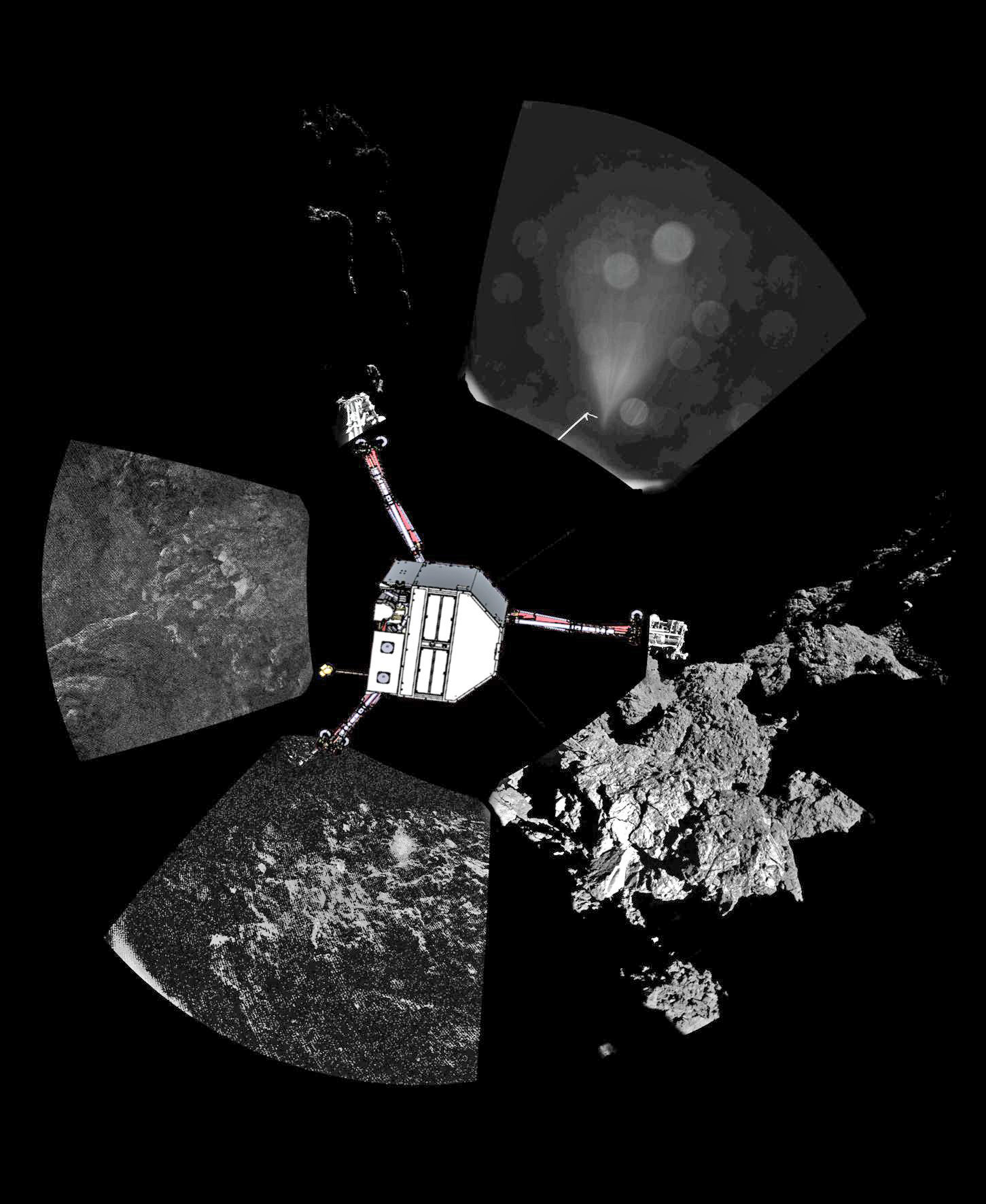
Stay tuned here for Ken’s continuing Earth and planetary science and human spaceflight news.
………….
Learn more about Rosetta, SpaceX, Europa, Mars rovers, Orion, SLS, Antares, NASA missions and more at Ken’s upcoming outreach events:
Jun 25-28: “SpaceX launch, Orion, Commercial crew, Curiosity explores Mars, Antares and more,” Kennedy Space Center Quality Inn, Titusville, FL, evenings
